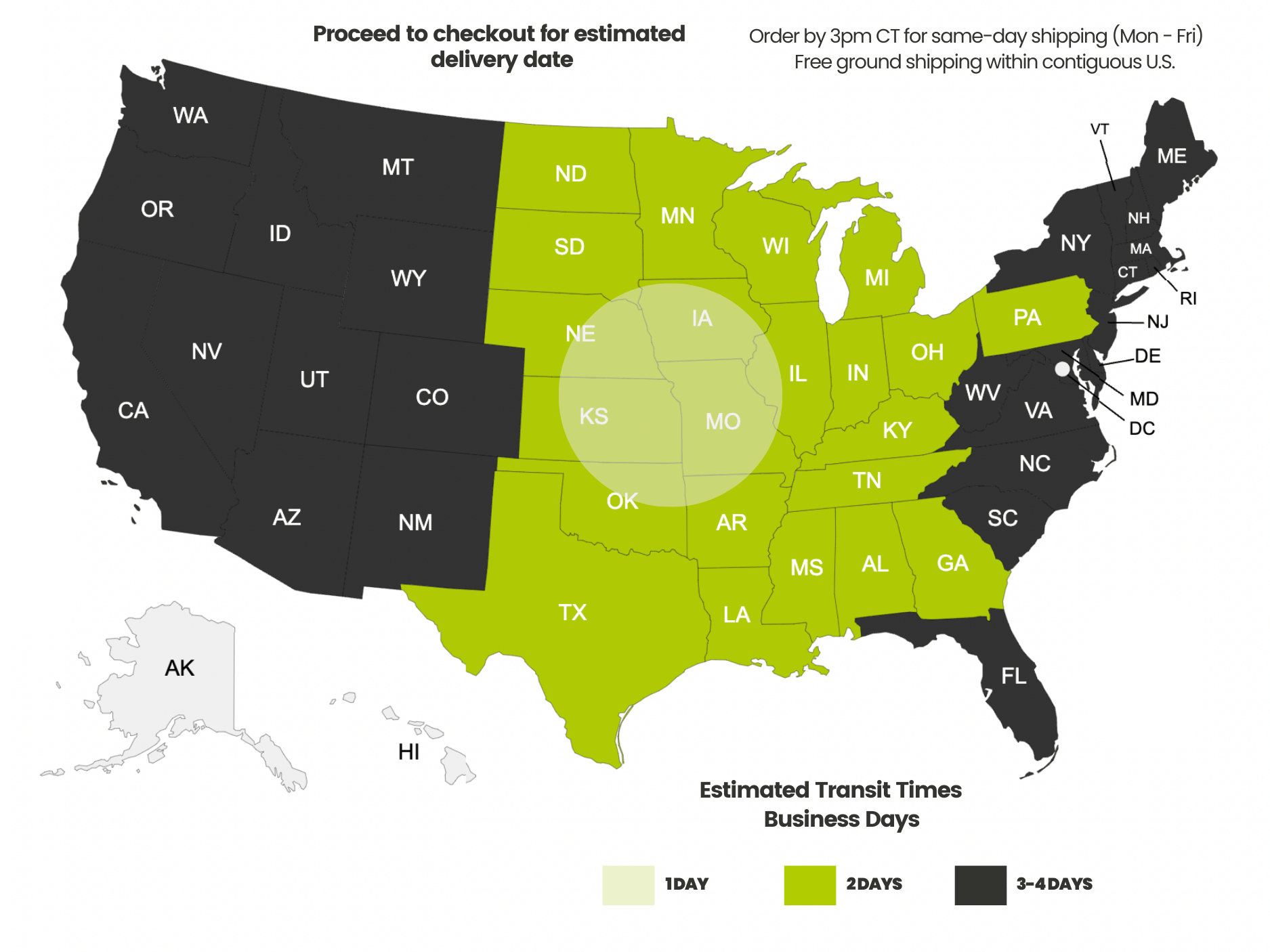Payment methods accepted

Q&A: Are YOU terminating your Ethernet cable all wrong? You probably are!
Welcome to the Q&A segment of our blog, where we delve into the world of low-voltage systems and bring you expert insights and practical advice. In today's blog, we delve into terminating Ethernet cables. Join us as we discuss the correct methods, common mistakes to avoid, and the importance of proper terminations for optimal performance. Feel free to read along or listen to the podcast below. Let's dive right in!
Don: Hey, everyone, welcome to the Low-Voltage Lowdown! Dave and I are here to answer some questions from Mikayla. Today we're talking about the right way to terminate your Ethernet cables. It can be tricky, so we're here to help. So Mikayla, what's on your mind? Let's get started!
Are you crimping RJ45 plugs onto both ends of your Cat6A cable?
Don: Okay. Well, me personally, absolutely not. Generally speaking, the least desirable and quickest way of getting yourself into trouble is to crimp 8P8C plugs (also known as RJ45s) on both ends of your solid copper Ethernet cable. This method lacks the mechanical stability required for a reliable connection. Unlike IDC-style terminations found in patch panels, where copper conductors are securely held at right angles, crimped plugs hold the conductors longitudinally inside the plug.
The problem with this arrangement is that the mechanical stability of copper conductors can be unreliable. Consequently, it can lead to insertion loss, which refers to signal attenuation. Essentially, it means that one or more conductors may not make optimal contact with the golden contacts within the plug. With eight golden contacts on each side, using crimped plugs means you have 16 potential problem areas. This can result in impedance issues, signal loss, reflections, and even wire map errors if the plug is not wired correctly.
Now, let's discuss the right approach when creating a patch cord to directly connect devices like switches or routers using solid copper Ethernet. Instead of crimping, we recommend using field termination plugs, which employ an insulation-displacement contact (IDC) mechanism similar to Keystone modules. These terminations provide greater durability and ensure a properly functioning cable.
For most patch cord applications, such as connecting a patch panel to a switch or linking a wall outlet to your computer or TV, it's best to purchase factory pre-terminated stranded copper patch cords. This eliminates the need for crimping and guarantees reliable performance.
However, there are exceptions. In certain scenarios, like custom cable creation in equipment rooms or encountering modular plug-terminated links, a hybrid approach can be used. In this case, one cable end features a durable IDC-style termination (such as a keystone or a patch panel), while the other uses an 8P8C or RJ45 plug. This approach minimizes potential issues and has been approved by the ANSI/TIA as of 2018.
By understanding the significance of proper terminations and selecting the appropriate method for your specific requirements, you can ensure a stable and high-performing Ethernet connection.
Do your crimp-on RJ45 connectors fit your cable?
Dave: Well, this is really important because if your crimp on RJ45 connector does not fit your cable, you can have a situation where your wire map test looks great, but you then have intermittent connectivity problems or performance problems.
To ensure a proper fit, simply looking at the label and identifying a Cat6 plug is not enough. A plug that fits on a Cat6 cable may also fit on a Cat5e cable, as it is determined by millimeters rather than category. To ensure proper fitment, it is important to identify the type of cable being used. RJ45 connectors with gold contacts that have two prongs are meant for stranded cable and will not work well with solid-core cable. Connectors with three prongs are suitable for both solid and stranded cables. Identifying the type of cable being used is the first important consideration for ensuring a proper fit.
Another important consideration is the wire gauge. This is the actual diameter of the copper conductor itself. You can look at the specifications of both the wire to find out what the wire gauge is and the specifications of the plug to make sure that the plug does fit that particular wire gauge.
Another important consideration is the jacket diameter. The specification sheet will also show the jacket's diameter, and the plug's specification sheet will show a range of jacket diameters it will fit.
Even more critical is the conductor insulation diameter. Now we're talking about the individual wires twisted inside the data cable. They have insulation on them, and that insulation diameter has to fit inside the plug. To ensure proper sizing, refer to the specification sheet for the plug, which will provide a range of insulation diameters that it can accommodate. Additionally, check the wire specification for the diameter of the individual conductors and the specified error range for both the terminal and conductor diameter sizes. It's essential to consider these tolerances as variations in the conductor insulation diameter may occur over the length of the wire.
It's important to remember to add the tolerances for both the conductor diameter and the range of the plug together, especially if you're at the extremes of the fitment range. Fitment is crucial, even if the plug appears to be crimped on securely and performs well during testing - it's only truly secure if it fits properly.
Are you protecting your unshielded Cat6A terminations from ANEXT?
Don: Okay. That's an excellent question because protecting your Cat6A terminations from ANEXT (Alien Near-End Crosstalk) is a crucial consideration for every installer. ANEXT is not limited to just Cat6A cables operating at higher speeds, but can also affect Category 6 cables operating at 5 Gbps or 10 Gbps. While the cable Category plays a role, the primary factor is the bandwidth at which the cable operates.
When operating cables near or above 350 MHz, ANEXT becomes a noticeable phenomenon characterized by a stronger electromagnetic field surrounding the cable. This can result in electromagnetic bubbles, similar to balloons, around the keystone jack area or the termination punch-down on the patch panel.
To ensure protection against ANEXT, particularly at higher speeds, it's essential to consider the design of your patch panel and termination points. For instance, if you're using Cat6A cables operating at 10 Gbps, it's recommended to use a shielded toolless patch panel along with shielded keystones and cables. This configuration helps prevent electromagnetic bubbles from interfering with each other, reducing transmission and packet errors.
However, if you prefer an unshielded solution, you can opt for a three-dimensional staggered patch panel. This design offsets the keystone ports in three different dimensions, minimizing electromagnetic interference between the terminations. Additionally, 110 punch-down shielded Cat6A patch panels that accommodate unshielded Ethernet cables are available. These panels feature staggered punch-down blocks, further isolating the electromagnetic bubbles.
It's crucial to note that untwisting the cable conductors can also contribute to internal cable crosstalk, especially at higher frequencies. To minimize this, keep the untwisting distance to a minimum, ideally around half an inch. Following this general rule, along with using well-designed hardware, helps mitigate crosstalk issues.
While achieving an even tighter termination may provide slight benefits in some cases, it generally doesn't significantly impact performance once the half-inch rule is met. Paying attention to your installation, using high-quality hardware, and adhering to best practices will ensure optimal performance and reduce the risk of packet errors.
By considering these factors and selecting the appropriate shielding and patch panel designs, you can safeguard your Cat6A terminations from ANEXT and ensure a reliable network infrastructure.
How important is paying attention to detail?
Dave: I'm not going to take out a micrometer every time I do a termination and measure every little bitty thing; however, paying attention to precision and detail is crucial in any task or project, especially when it comes to network installations. It ensures that each step is performed accurately and reduces the risk of errors that could compromise performance or cause unnecessary rework.
Regarding cable terminations, taking the time to examine the details is essential. For instance, when removing a cable jacket, whether using a precision instrument or electrician snips, it's crucial to inspect it closely and avoid cutting too deeply. By scoring the jacket and snapping it off without damaging the shielding or insulation, you can avoid the need to redo the termination.
Another crucial detail is the untwisting of cable conductors. It's vital to follow the half-inch rule, as mentioned by Don, to prevent ANEXT issues. However, it's worth noting that excessive twisting can also cause problems. The cable's twists serve a purpose, and altering them by twisting tighter or adding extra twists can lead to cable kinking and negatively impact data handling characteristics. This detail is particularly relevant when terminating RJ-45 punch-down plugs or connectors with IDC (Insulation Displacement Connector) channels on keystone jacks or field term plugs. Ensuring that each insulated conductor is fully seated at the bottom of the IDC channels is crucial for proper testing and long-term reliability.
Lastly, paying attention to the correct color sequence, whether using 568A or 568B, is a small but crucial detail that can save time and prevent mistakes. Taking a fraction of a second to double-check the color sequence before punching down can prevent the need for time-consuming corrections later on.
By focusing on precision and being attentive to the finer details throughout the installation process, you can ensure that terminations are done accurately, resulting in a reliable and high-performing network. Remember the old adage: "Look twice and punch once."
Don: I'd like to follow up by saying that, you know, the key points from this podcast are that it is crucial to emphasize the significance of paying attention to detail in network installations. Ensuring meticulousness in every step leads to successful outcomes. Additionally, minimizing the use of RJ45 or 8P8C connectors is recommended. If you need to use them, limit their usage to a single end of a cable run specifically for powering a PoE (Power over Ethernet) device. Ensuring proper fit and considering keystone-to-keystone or patch panel-to-keystone terminations with factory-made patch cords is essential. This approach is considered the professional and recommended method because it yields reliable working installations.
Whenever you attempt to complete a project successfully, knowing which hardware to use and when to use it is essential. If you need clarification on specifics like determining half an inch for terminations within a keystone or an RJ45 plug, you can find extensive information on the Cable Academy at truecable.com. The academy offers over 200 detailed blogs with high-resolution pictures and videos, providing a multimedia learning experience that can leave you with valuable insights and in-depth knowledge on the subject matter.
Happy terminating!
trueCABLE presents the information on our website, including the “Cable Academy” blog and live chat support, as a service to our customers and other visitors to our website subject to our website terms and conditions. While the information on this website is about data networking and electrical issues, it is not professional advice and any reliance on such material is at your own risk.



























